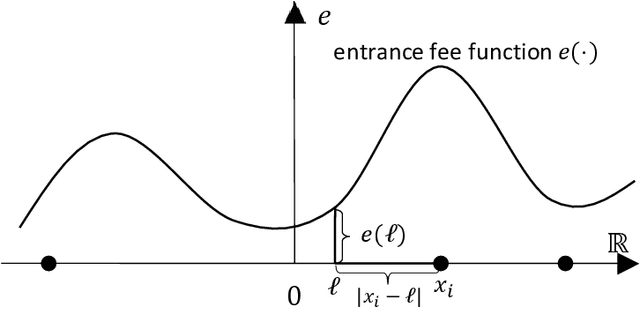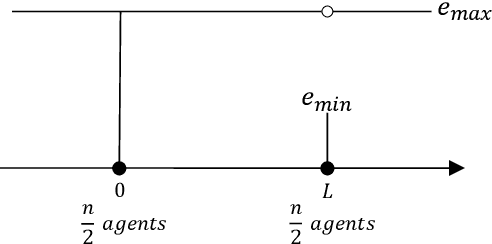Bakh Khoussainov
Learning Density-Based Correlated Equilibria for Markov Games
Feb 16, 2023Abstract:Correlated Equilibrium (CE) is a well-established solution concept that captures coordination among agents and enjoys good algorithmic properties. In real-world multi-agent systems, in addition to being in an equilibrium, agents' policies are often expected to meet requirements with respect to safety, and fairness. Such additional requirements can often be expressed in terms of the state density which measures the state-visitation frequencies during the course of a game. However, existing CE notions or CE-finding approaches cannot explicitly specify a CE with particular properties concerning state density; they do so implicitly by either modifying reward functions or using value functions as the selection criteria. The resulting CE may thus not fully fulfil the state-density requirements. In this paper, we propose Density-Based Correlated Equilibria (DBCE), a new notion of CE that explicitly takes state density as selection criterion. Concretely, we instantiate DBCE by specifying different state-density requirements motivated by real-world applications. To compute DBCE, we put forward the Density Based Correlated Policy Iteration algorithm for the underlying control problem. We perform experiments on various games where results demonstrate the advantage of our CE-finding approach over existing methods in scenarios with state-density concerns.
MSDC: Exploiting Multi-State Power Consumption in Non-intrusive Load Monitoring based on A Dual-CNN Model
Feb 11, 2023



Abstract:Non-intrusive load monitoring (NILM) aims to decompose aggregated electrical usage signal into appliance-specific power consumption and it amounts to a classical example of blind source separation tasks. Leveraging recent progress on deep learning techniques, we design a new neural NILM model Multi-State Dual CNN (MSDC). Different from previous models, MSDC explicitly extracts information about the appliance's multiple states and state transitions, which in turn regulates the prediction of signals for appliances. More specifically, we employ a dual-CNN architecture: one CNN for outputting state distributions and the other for predicting the power of each state. A new technique is invented that utilizes conditional random fields (CRF) to capture state transitions. Experiments on two real-world datasets REDD and UK-DALE demonstrate that our model significantly outperform state-of-the-art models while having good generalization capacity, achieving 6%-10% MAE gain and 33%-51% SAE gain to unseen appliances.
Facility Location with Entrance Fees
Apr 24, 2022



Abstract:In mechanism design, the facility location game is an extensively studied problem. In the classical model, the cost of each agent is her distance to the nearest facility. In this paper, we consider a new model, where there is a location-dependent entrance fee to the facility. Thus, in our model, the cost of each agent is the sum of the distance to the facility and the entrance fee of the facility. This is a refined generalization of the classical model. We study the model and design strategyproof mechanisms. For one and two facilities, we provide upper and lower bounds for the approximation ratio given by deterministic and randomized mechanisms, with respect to the utilitarian objective and the egalitarian objective. Most of our bounds are tight and these bounds are independent of the entrance fee functions. Our results are as general as possible because the entrance fee function we consider is arbitrary.
 Add to Chrome
Add to Chrome Add to Firefox
Add to Firefox Add to Edge
Add to Edge